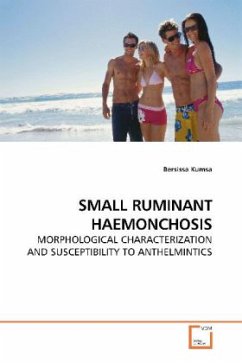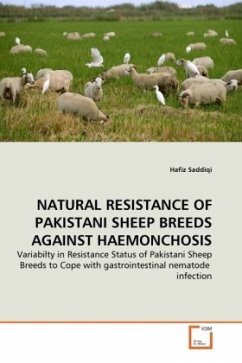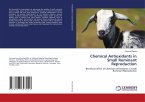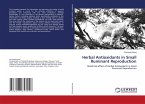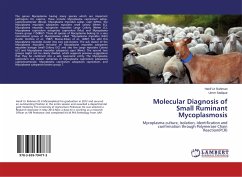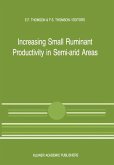Shorttitle Haemonchus is the most prevalent and highly pathogenic nematode of sheep and goats. A study was conducted to determine the prevalence, morphological characteristics and efficacy of albendazole and tetramisole against Ogaden isolate of H. contortus from August 2003 to March 2004. The overall prevalence of Haemonchus species was 91.23% and 82.93 % in sheep and goats respectively. Whereas 37.72% and 40.24% prevalence of Trichostrongylus axei was recorded in sheep and goats respectively. In sheep female Haemonchus worms were categorized as 49.49% linguiform, 28.51% knobbed and 23% smooth vulvar morphs. In goats, 53.83% linguiform, 18.45% knobbed and 27.61% smooth vulvar morphs were observed. In sheep a total of 1159 adult male Haemonchus were identified into 95.08% H. contortus, 3.45% H. placei and 1.47%H. longistipes. Similarly from goats, 841 male Haemonchus were identified into 96.55%H. contortus, 2.97%H. placei and 0.48 %H.longistipes. The study unveiled the coexistence and sympatry of two or three Haemonchus species in a single host that should be considered in the control strategy. Albendazole and tetramisole showed 100% efficacy against Ogaden isolate H. contortus.
Bitte wählen Sie Ihr Anliegen aus.
Rechnungen
Retourenschein anfordern
Bestellstatus
Storno

